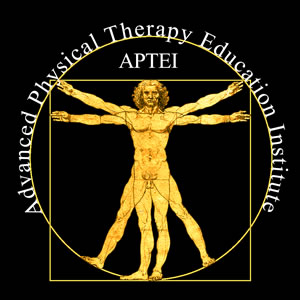- Postural imbalances are a common cause of pain ¨True ¨False
- Posture can be changed by stretching specific muscles ¨True ¨False
- Tight soft tissues and muscles are a common cause of pain ¨True ¨False
- Adhesions within the fascia are a common cause of pain ¨True ¨False
- Stretching results in rapid changes the length of muscle tissue ¨True ¨False
- Soft tissue release techniques change the length of muscles, hence improve ROM
¨True ¨False
- Soft tissue techniques can improve mobility by modulating the nervous system through offering a sense of safety that may reduce protection tension in the body ¨True ¨False
- Soft tissue work removes toxins ¨True ¨False
- Soft tissue “release” techniques help release trauma in the body ¨True ¨False
- A vertebra can “go out” and can be “cracked back into place” ¨True ¨False
Only 7 is “True”. If you disagree with any of the answers, please don’t shoot the messenger!
I’m not saying that soft-tissue work is not effective; I am just saying that the typical explanations some clinicians still believe in and the explanations they offer patients may be inaccurate.
Normally, people think myofascial work is about moving the fascia around and somehow changing its form. But that’s not anatomically possible.
So why do people so often get such good effects from soft-tissue work?
Well, maybe because, the nervous system is modulated with any touch, be it gentle or deep tissue work where “good pain” is experienced by digging in.
Let’s just say when people feel better from all forms of manual therapies, be in manipulations, mobilizations or massages, their impact is unlikely mechanical but all neurophysiological.
Answers: 1:F 2:F 3:F 4:F 5:F 6:F 7:T 8:F 9:F 10:F

